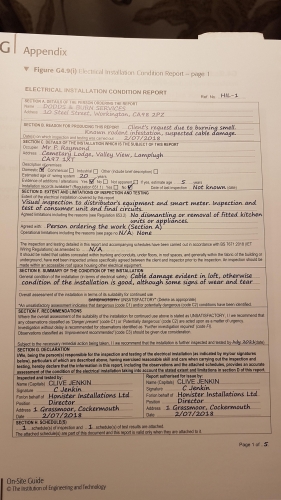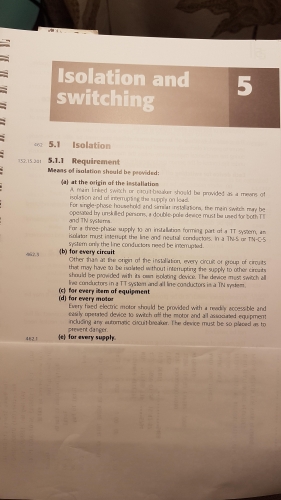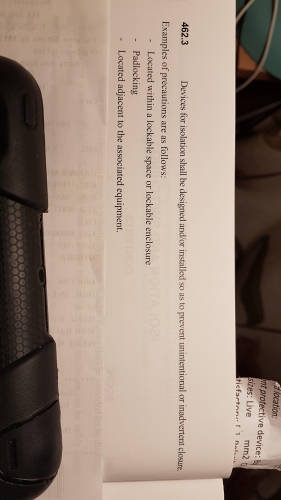Hi
Doing EICRs, and the remedials resulting from them.
An issue had been raging as to whether an internal unit needs to have a local isolator.
There have been 2 schools of thought over this issue with others I am working with.
First one:
It is a an electromechanical piece of equipment and needs a local isolator even though it is being fed by an external unit that has it's own isolation.
Second one:
It is fed by the external unit and they are both one piece of equipment even though they are split with the two parts in different places. Turning off the isolator to the external unit isolates all the equipment.
In my opinion a local isolator is still needed as there is no way of knowing if the internal unit is definitely part the the external unit being isolated. It may just be off at the controls.
I have come across many A/C units that have been installed by A/C engineers and they have not put an isolator on the internal unit. I'm wondering if there is a reason that they don't or if it's just ignorance of the regs on their part. I would have thought their training would have included that. Is there something that they know that means they don't need to install an isolator to the internal unit?
Anyone have any thoughts?
Thanks




